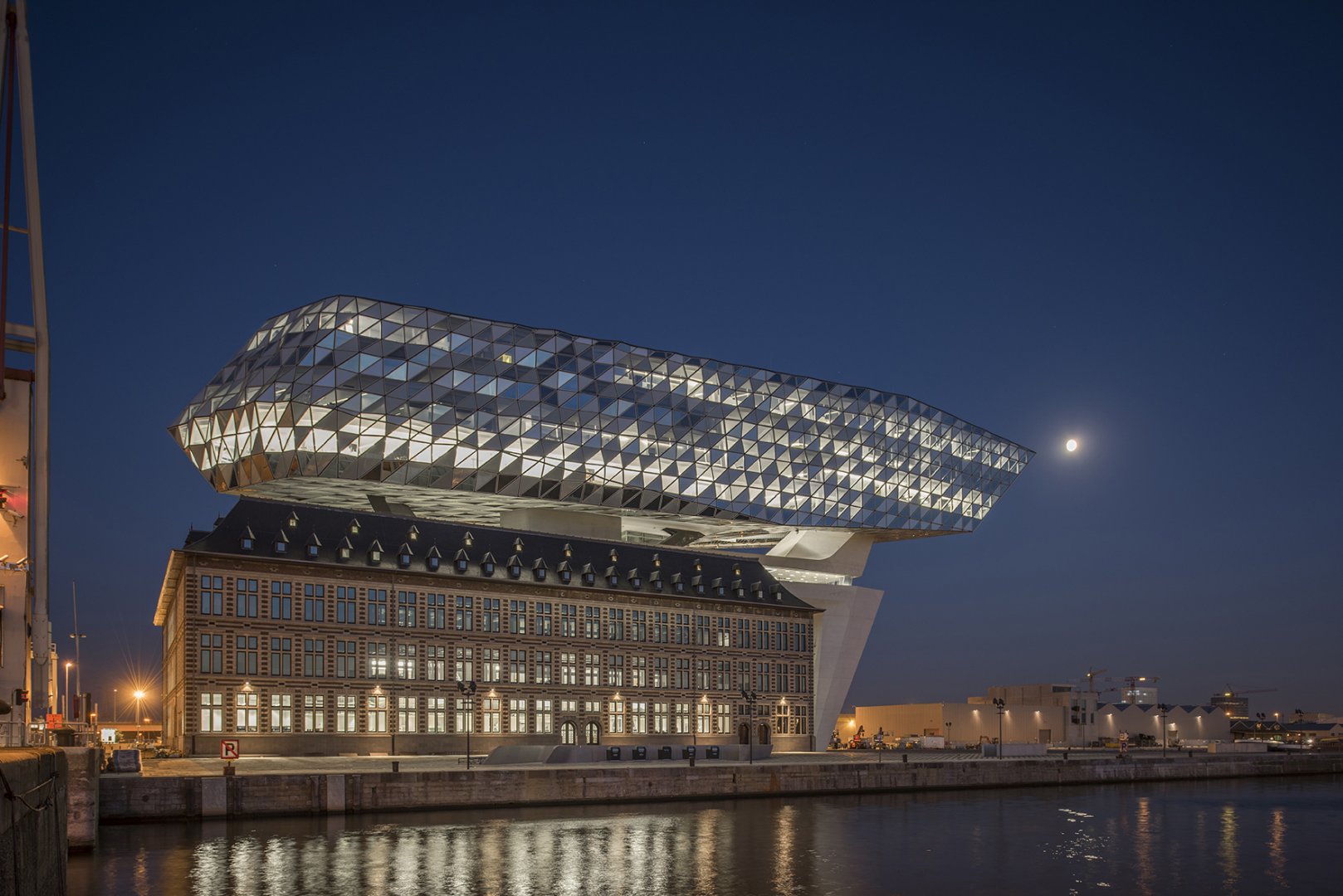PORTS
Our team of maritime consultants offers a comprehensive range of services to develop modern and efficient port and harbour facilities. Working alongside our colleagues in other sectors of Halkin Group, especially those in environmental, Geotechnical, road, rail, buildings, power, oil and gas, and infrastructure services infrastructure, our port and harbour engineers provide a fully coordinated, one-stop service to our clients, regardless of project complexity.
Our expertise covers planning, engineering, and construction supervision of all types of port facilities, including container terminals, ro-ro berths, coal, oil, gas and dry bulk facilities, fishing ports and cruise terminals, shipyards, and dockyards. We also specialize in logistics supply chain solutions from ports and harbours to railroads, highways, bridges, and tunnels.
Our team has extensive experience in environmental planning and coastal engineering, including dredging and dredge material disposal and reuse, land use planning, reclamation, and Brownfield development. We also offer value-added conventional project delivery mechanisms like construction and program management, engineering procurement construction management (EPCM), and asset management program development.
Our services include numerical and physical modelling, ship manoeuvring simulation, detailed engineering design, procurement of contracts, contract administration, supervision of construction, handover of completed projects, master planning and terminal planning, navigational assessment and design, environmental assessment, conceptual design, planning consent and licensing, and consultation.
Breakwaters
At HKK, we collaborate closely with our clients to offer sustainable and cost-effective port solutions. Our team of coastal engineers combines traditional and modern approaches, including numerical and physical modelling, to design and enhance the layout and configuration of breakwaters for optimal harbor conditions. We keep up with the latest design techniques, such as rubble mounds, berm-type, reef breakwater techniques, and concrete armor units.
In numerous projects, we utilize numerical modeling to analyze waves and determine the impact of harbor disruptions. This helps us establish the best orientation and design parameters for the breakwater while minimizing downtime for terminal operations due to sea conditions. Our advanced modeling methods, such as our in-house MIKE 21 technology, guide our recommendations for breakwater and quay alignment, design, dredging, and reclamation requirements.
Dredging reclamation
Our team specializes in dredging and reclamation projects for building port facilities. We use reclaimed land and dredging to meet maritime requirements while minimizing environmental impact. Our expertise includes creating new navigation channels, deepening existing media, developing port basins, trenches for tunnels and pipelines, and new land areas for infrastructure development. To optimize dredging layouts, we use in-house navigational software. Our reclamation techniques involve utilizing natural materials at the site, including soil replacement, soil strengthening, vertical drains and surcharging, and deep compaction techniques, to provide reclaimed land that meets the required engineering standards.
We prioritize environmental considerations and work closely with environmental agencies to create sustainable solutions. Our services include feasibility studies, license applications, planning and design, numerical and physical modelling, environmental impact assessment, contract documentation, plant and equipment specifications, budget pricing, project evaluation, contract supervision, project monitoring and auditing, expert testimony, and dispute resolution.
Port design and improvement
To remain competitive, ports need to be adaptable to the changing transport systems they work with. As shipping efficiency demands grow, container and dry bulk ships are getting larger, so ports must upgrade their infrastructure to handle these bigger ships. Our engineers work closely with port authorities to develop solutions that enhance existing quays, piers, and jetties to receive larger vessels and support ship-to-shore handling equipment. We also upgrade operational equipment, transfer systems, stacking and storage areas, and port approach channels to accommodate bigger ships.
Our designs for new facilities prioritize future expansion, flexibility, and sustainability, considering life-cycle considerations. We can advise port operators on safe operational practices when taking larger vessels onto berths without enhancement. We also offer environmental and ecological management plans to improve port operations and meet upgraded control measures and goals. We have experience implementing ISP's enhanced security requirements for new ports and upgrading existing systems by legislation.
Port planning
Developing ports and marine structures necessitates comprehensive research at the start of the project to ensure that all aspects of the project, including commercial and technical feasibility, are adequately addressed. We offer a wide range of consulting services for the initial stages of the project, such as market studies, demand and traffic forecasting, intermodal transport studies, pioneering studies, capital and operational cost determination, business plan studies, investment appraisal, pre-feasibility and feasibility studies, master planning, financial and economic appraisal, and efficiency improvement.
Our firm has a team of planners with expertise in various sectors necessary for port planning, including road and rail infrastructure, intermodal transfer, power supply, utility services, buildings, warehousing, urban planning, environmental impact management, and public-private partnerships. We also utilize 3D modelling techniques as concept planning tools to effectively resolve interfaces and present proposals to non-technical stakeholders.
Terminals and facilities
We offer comprehensive services to create efficient and modern port terminals. Our team is experienced in planning, engineering and construction supervision of terminals for various types of cargo, including container, ro-ro, dry bulk (coal, ore, grain), liquid bulk (oil and gas), cruise and ferry. Our port engineers work closely with other HKK disciplines to ensure a seamless transfer system from ship to storage yards or terminals and efficient intermodal transfer to road or rail. Our services include berth sizing and layout, ship-to-shore cranes, onshore area planning, equipment selection and designs, stacking and storage areas, drainage and utility services, security and IT facilities, environmental impact assessment, and road and rail sidings and transfer facilities.





























